The Ultimate Guide to Choosing the Best Macaw Food for Your Feathered Friend
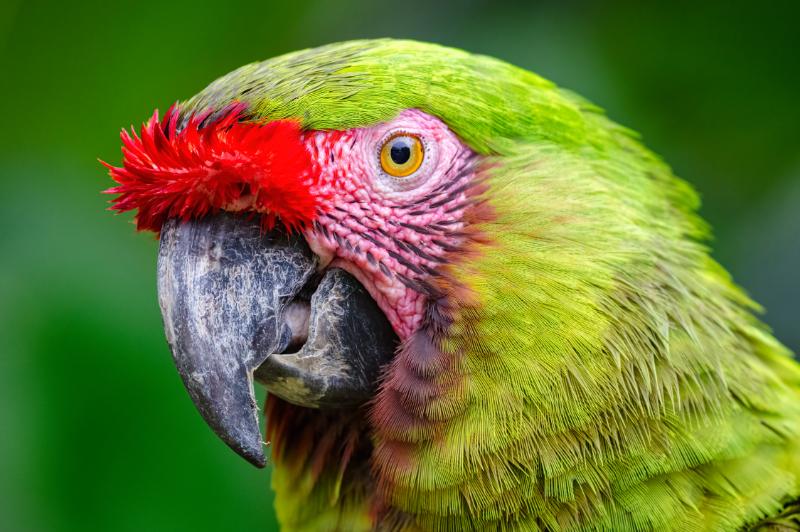
Feeding your dear plume-tailed pet entails exploring the intriguing world of macaw food. Those colorful avian companions with their remarkable squawks may have dietary needs that differ from renowned wild macaw fancies like assorted nuts, ripe fruits, and crunchy seeds. The dedicated bird keepers tailor their diets to meet these unique needs. Thus, kick-starting a journey of creating or finding specialized macaw food is one of the pivotal choices you can make for your pet macaw’s health.
Finding the Perfect Macaw Food
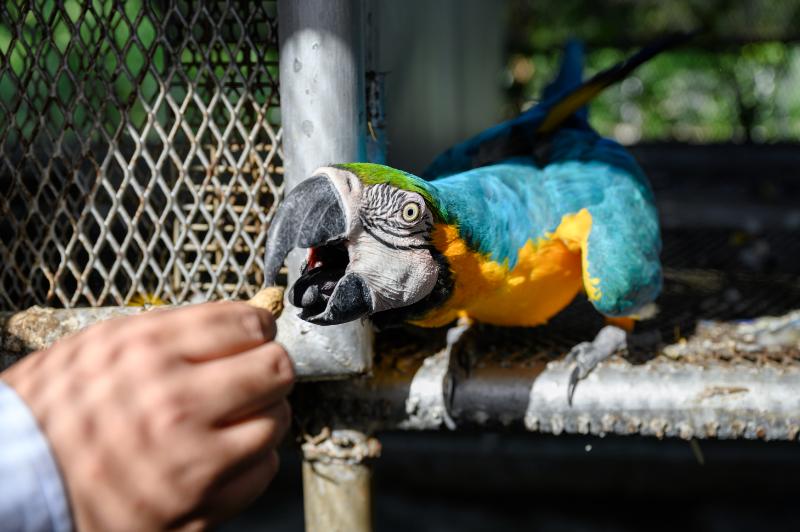
Rushing off to a pet store to purchase plenty of seed may be your initial instinct. Yet, a thorough and balanced diet for these indoor dwellers requires your investing in an array of food types that includes specially crafted macaw pellets, seeds, ripe fruits, and an occasional scattering of nuts. With macaws depending solely on their caregivers for optimal nutrition, it’s essential to strike a balance, avoiding diets too rich in fattening substances or lacking sufficient nutrients.
Understanding the Role of Pellets
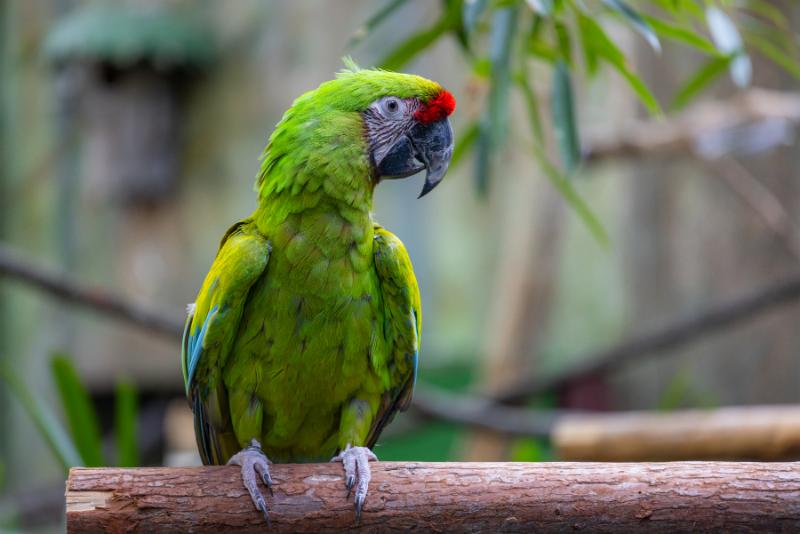
A Steady Component of Macaw Diets
Consider incorporating pellets as the main component of your macaw’s diet. At first, your bird might show an unenthusiastic approach towards this unfamiliar diet. That said, consistent efforts to integrate pellets into the diet will pay off. Kick off this transition by blending the pellets with some seeds. Seeming incredibly enticing, your macaw will inadvertently consume the pellets amid the seed-mix feeding frenzies. This routine can be tweaked gradually by decreasing the seed-to-pellet ratio.
The Odd but Nutritious Choice
Despite seeming somewhat unconventional, pellets carry significant health benefits for macaws. These specially engineered dietary components could help bolster your macaw’s health, contributing to a longer and cheerier life than they might have on a sole diet of fruits and berries.
Fruit — The Essential Sidekick
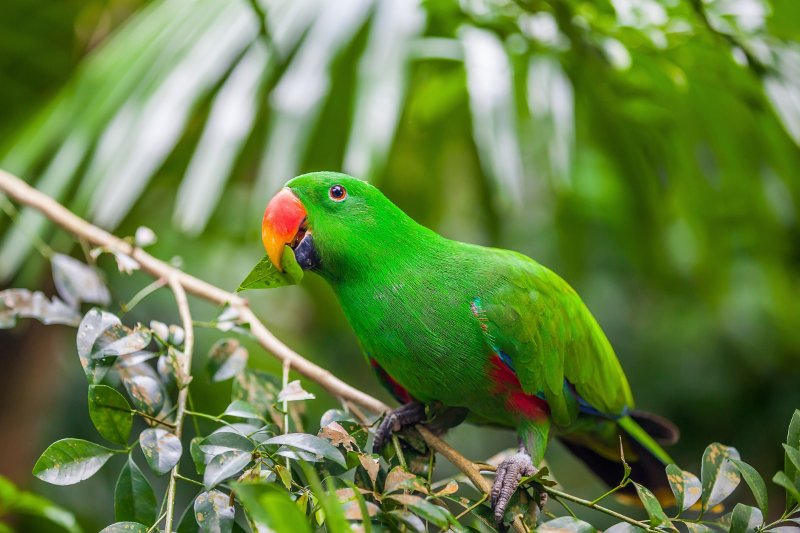
Even while pellets hold a lion’s share of their diet, remember to complement it with a generous serving of fresh fruit. For instance, an equal proportion of half a cup of pellets and fruits would amply suffice daily dietary needs. However, serving these two components separately is crucial, alongside maintaining a clean and constant water source.
- Avoid avocados entirely since their ingestion could be fatal to your avian friend.
- Apple slices are equally loved. But ensure to exclude their seeds.
- Some macaw favorites include mangoes, papayas, bananas, cherries, strawberries, and oranges.
Nuts — A Much-Loved Snack Treat
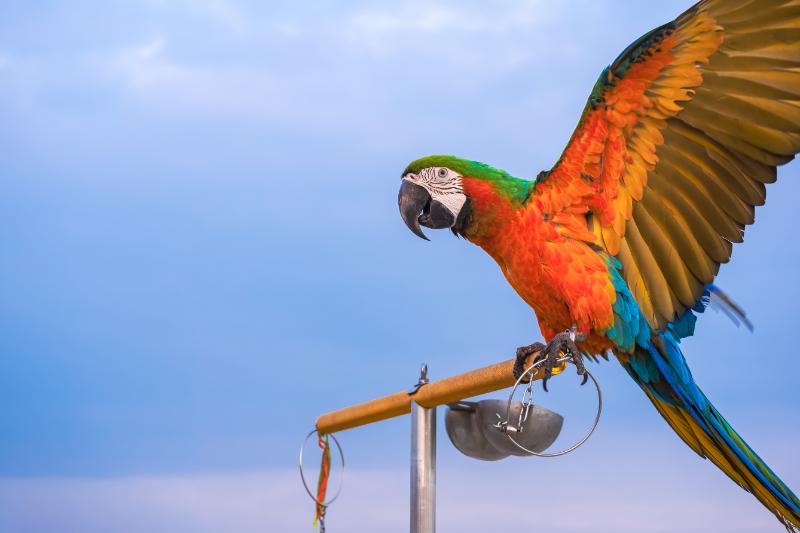
The sight of nuts can send your macaw into a tizzy of excitement. However, practicing discretion is key here. In a wild setting, macaws balance out their nut-rich diet with a great deal of physical exertion. Their domesticated counterparts, on the other hand, cannot afford such a fatty indulgence. Almonds, macadamia nuts, and walnuts could best serve as occasional treats or rewards rather than a mainstay in their diet.
Hygiene – A Priority in Macaw Feeding
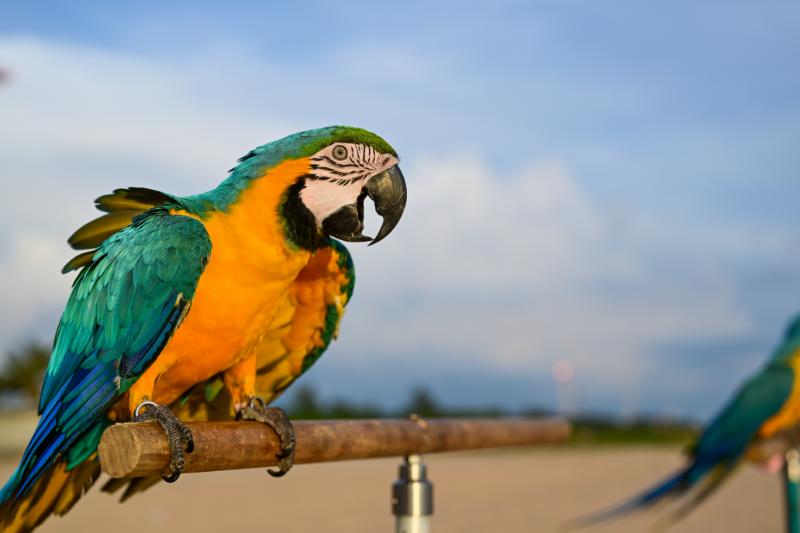
Considering the quick spoilage rate of fruits and the potential germ build-up in the pellet bowls, a daily wash routine should be non-negotiable. Such a regimen keeps your macaw safe from several infections that are commonly traced back to dirty feeding bowls. Remember, your feathery friend deserves care, affection, and respect. Providing a clean, sanitary condition for food consumption forms an integral part of this loving caretaking role.